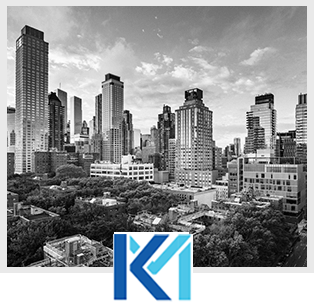Workplace discrimination and harassment, which are both illegal in New York, can go hand in hand. An employer willing to engage in one is likely to engage in the other. When considering age-based discrimination, it’s important to look for signs of related harassment, too.
As the oldest millennials are turning 40, the topic is gaining more attention than ever. As surprising as it might sound, the law can now deem stereotyping these millennials as a form of illegal age discrimination.
Age discrimination
The Age Discrimination in Employment Act, known as the ADEA, prohibits age-based discrimination against employees over age 40. This form of discrimination is often easy to recognize. For example, in the most blatant cases, an employer might specify in a recruitment ad that they’ll only hire young people. In more subtle cases, an employer might refuse to provide older employees with the training available to younger co-workers.
Harassment
When some people think of workplace harassment, they imagine a classic case of a boss hitting on an employee. In reality, harassment comes in all shapes and sizes. Sometimes, it looks like bullying or shunning a co-worker.
When age discrimination and harassment meet
When an employer or co-worker engages in age discrimination and harassment simultaneously, those actions can create a hostile work environment. Here are some examples of age-based harassment:
- Age-related jokes and teasing
- Insulting age-related comments
- Age-related criticism
- Age-based ostracism
Jokes, comments and criticism don’t need to be directed at a specific individual to be illegal workplace discrimination and harassment. If somebody insults an entire age group of people over 40, regardless of whether they direct the insult at a particular individual, it might be illegal.
Age discrimination is not as uncommon as one would hope. If you think you’ve experienced age-based harassment, you might benefit from contacting a lawyer to learn about your rights.


